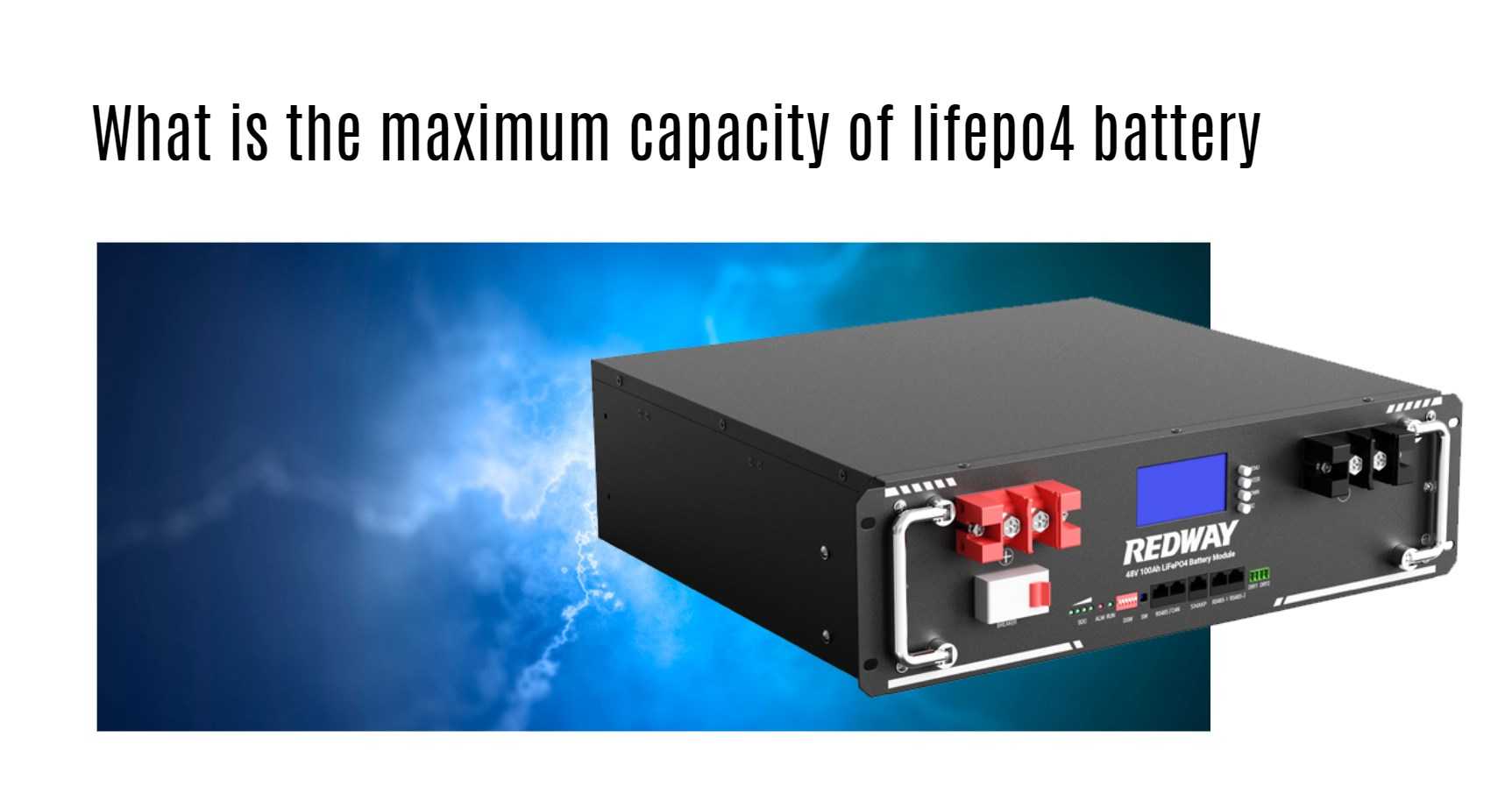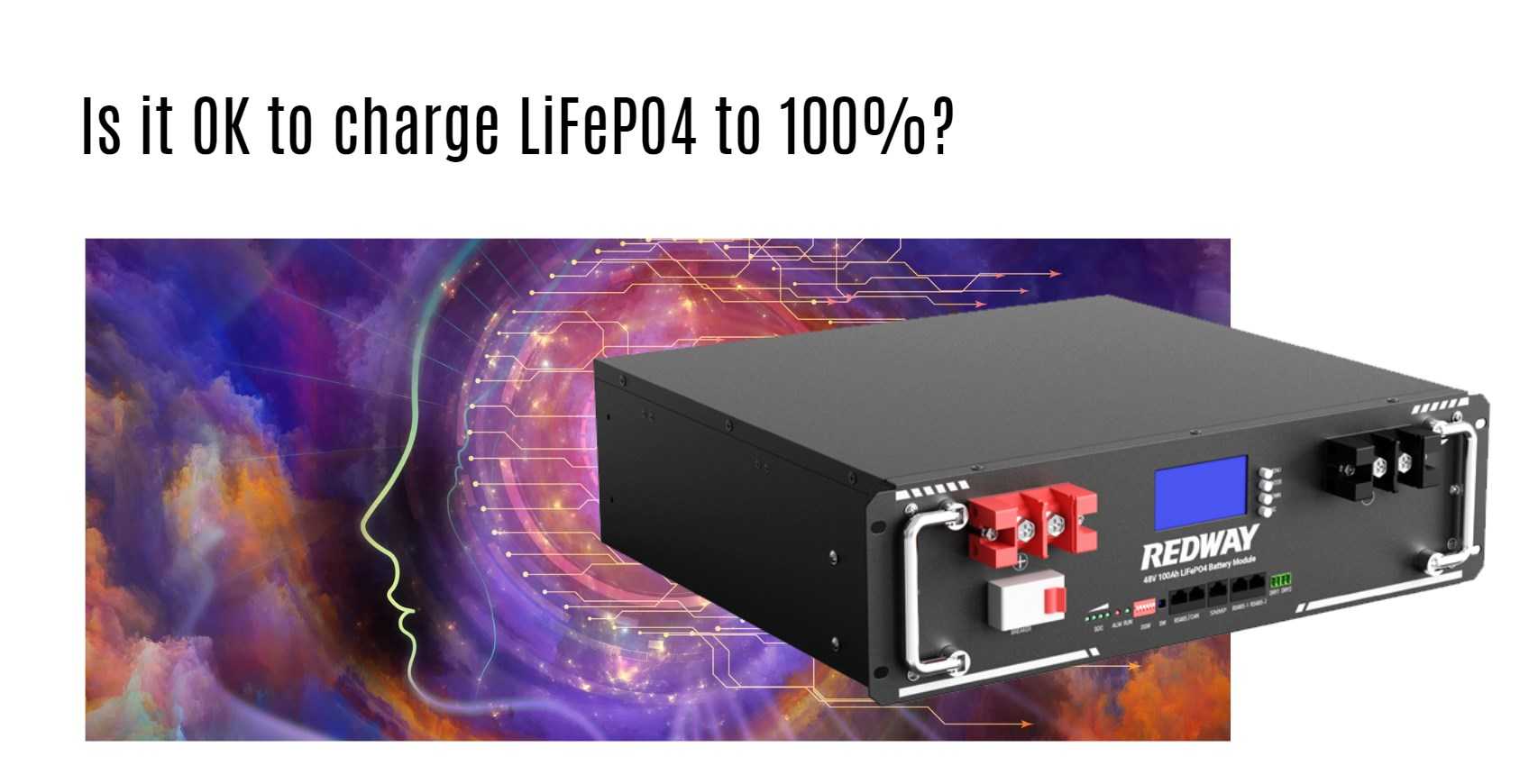Are you in search of a reliable and efficient battery to power your electronic devices? Look no further than the LiFePO4 battery. Known for its high performance, long lifespan, and safety features, the lithium iron phosphate (LiFePO4) battery is a superior choice for many applications. However, understanding the intricacies of its maximum capacity and voltage limits is crucial to making an informed decision. This guide explores everything you need to know about LiFePO4 batteries, including their maximum capacity, voltage per cell, and how to select the right size battery for your needs.
Understanding LiFePO4 Battery Capacity
What is the Maximum Capacity of LiFePO4 Batteries?
The maximum capacity of LiFePO4 batteries varies depending on several factors such as size, discharge rate, and manufacturer specifications. Generally, LiFePO4 cells range from 100mAh to over 200Ah per cell.
- Standard Cells: Most standard-sized LiFePO4 cells offer capacities between 100mAh and 20Ah.
- High-Capacity Cells: Custom options can exceed 200Ah per cell, suitable for larger applications like electric vehicles (EVs) and marine equipment.
Factors Affecting Capacity
- Size of the Battery: Larger batteries inherently have higher capacities.
- Discharge Rate: Higher discharge rates increase internal resistance, reducing overall capacity.
- Energy Density: LiFePO4 batteries have lower energy density compared to other lithium-ion batteries, which affects total energy output but enhances safety and stability.
Optimal Usage and Selection
When selecting a LiFePO4 battery, consider both your power requirements and how frequently you can recharge the battery. It’s essential to choose a battery with sufficient capacity to meet your needs without overburdening the battery, which can lead to reduced lifespan and efficiency.
Voltage Specifications of LiFePO4 Batteries
What is the Maximum Voltage Per Cell for LiFePO4?
LiFePO4 batteries have a maximum voltage of 3.65 volts per cell. This is lower than other lithium-based batteries such as Lithium-ion (Li-ion) or Lithium-polymer (LiPo), which can reach up to 4.2 volts per cell.
- Advantages: The lower voltage per cell enhances safety and stability, making LiFePO4 batteries less prone to overheating and fire risks.
- Longevity: Lower voltage reduces stress during charging and discharging cycles, contributing to longer battery life.
Maximum Voltage for a 12V LiFePO4 Battery
A 12V LiFePO4 battery is composed of four cells connected in series, each with a nominal voltage of 3.2 volts, culminating in an overall nominal voltage of 12.8 volts.
- Fully Charged Voltage: The fully charged voltage is approximately 14.6 volts (3.65 volts per cell).
- Safe Charging and Discharging: It is critical to adhere to safe voltage limits during charging (maximum 3.65 volts per cell) and discharging (minimum 2.5 volts per cell) to prevent damage and ensure longevity.
Best Practices for Charging LiFePO4 Batteries
Is it OK to Charge LiFePO4 to 100%?
Charging LiFePO4 batteries to 100% is generally acceptable and recommended by most manufacturers, thanks to the integrated Battery Management System (BMS) that prevents overcharging.
- Thermal Stability: LiFePO4 batteries exhibit excellent thermal stability, reducing the risk of overheating during full charge.
- Prolonging Battery Life: For extended lifespan, some experts suggest maintaining a charge level between 90-95%, which minimizes stress on the cells without significant performance loss.

Selecting the Right Size LiFePO4 Battery
How to Choose the Right Size Battery for Your Needs
Choosing the correct size LiFePO4 battery involves careful calculation of your power requirements and understanding your usage patterns.
Steps to Determine the Right Size:
- Calculate Total Wattage: Sum up the wattage of all devices you intend to power.
- Determine Usage Duration: Estimate how long you need the devices to run before recharging.
- Include a Safety Margin: Select a battery with a capacity at least 20% higher than your calculated need to accommodate unexpected power spikes.
Voltage Configuration and Operating Temperature
- Voltage Configuration: Consider series or parallel configurations to meet specific voltage requirements.
- Operating Temperature: Ensure the battery is rated for the environmental conditions it will be exposed to, particularly if it will encounter extreme temperatures.
Conclusion
LiFePO4 batteries offer a reliable and safe option for powering a wide range of devices, from small electronics to large-scale applications like electric vehicles and renewable energy storage. Understanding their capacity, voltage specifications, and best practices for charging and selection will ensure you get the most out of your investment. Choose wisely, and enjoy the benefits of this advanced battery technology.





